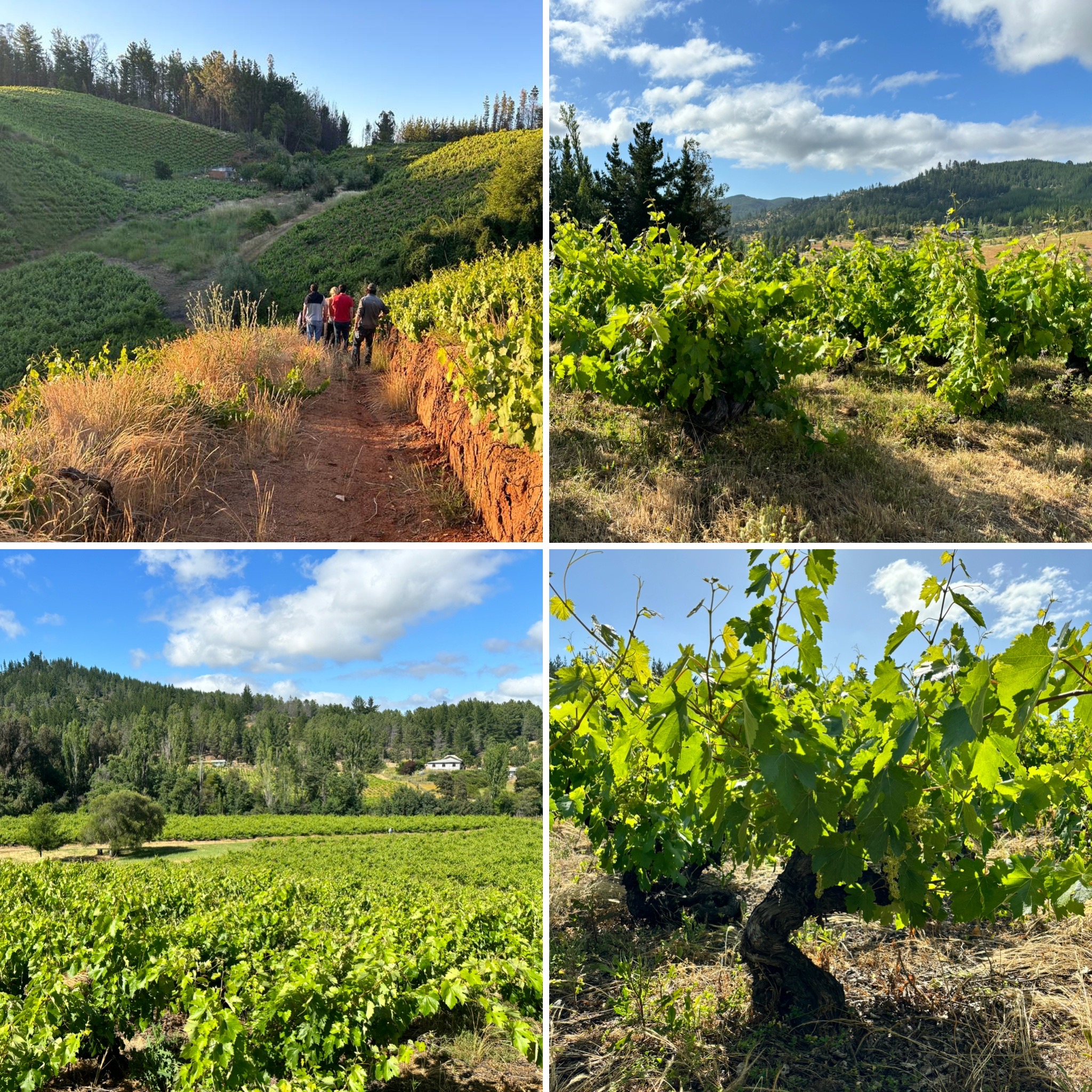Itata Valley: Unveiling Chile’s Heritage Through its Vineyards.
Nestled in the heart of Chile’s southern landscapes, Itata Valley emerges as a beacon of viticultural heritage, distinguishing itself through a profound connection to the land and a legacy of winemaking that dates back centuries. Unlike the more globally recognized regions that have shaped Chile’s modern wine identity, Itata offers a journey into the soulful, less-traveled paths of Chilean viticulture. This exploration reveals the valley’s historical depth, diverse terroir, rich winemaking traditions, distinctive grape varieties, and its visionary producers who are breathing new life into ancient vines. Let’s embark on a detailed voyage into the Itata Valley, uncovering its place within Chile’s illustrious wine tapestry.
The Heart of Chilean Viticulture: Itata Valley
Itata Valley’s story is interlaced with the very origins of winemaking in Chile, offering a lens into the evolution of the industry from its nascent stages to its current form. Situated in the broader Southern Chile wine region, Itata’s cooler climate and varied landscapes offer a distinct contrast to the more arid, northern areas. This valley, with its rolling hills, lush greenery, and rivers carving through ancient soils, provides a unique backdrop for viticulture.
The region’s terroir is a mosaic of soils and microclimates, a testament to the valley’s geological diversity. From granitic to volcanic and alluvial soils, each vineyard site offers a unique narrative of place, translated into the wines’ complex profiles. The cooler climate, moderated by the Pacific Ocean, coupled with significant diurnal temperature shifts, fosters the slow, even ripening of grapes, imbuing them with nuanced flavors and balanced acidity.

A Deep Dive into History
Viticulture in the Itata Valley is as old as the European footprint in Chile, beginning with the arrival of Spanish conquistadors and missionaries in the 16th century. These early vine plantings, intended for sacramental wine, laid down the roots for a winemaking tradition that would endure the ravages of time and history. To date some of these century old vineyards and vines are still being farmed. The valley’s viticultural practices have been honed over generations, preserving a piece of Chile’s winemaking soul in its earth and vines.

Tradition Meets Innovation in Winemaking
The winemaking in Itata Valley is a harmonious blend of time-honored traditions and innovative approaches. Artisanal practices dominate, with many families passing down their winemaking legacy through generations. The revival of interest in native grape varieties and sustainable, minimal-intervention techniques marks a new chapter for Itata, marrying its rich history with a forward-looking vision for quality and authenticity.
Celebrating Itata’s Grape Varieties
The valley is home to a variety of grapes that reflect both its history and terroir diversity. The Pais grape, a symbol of Chilean winemaking heritage, is being reinterpreted to produce vibrant, expressive wines that challenge previous perceptions. Cinsault finds a harmonious expression in Itata, yielding wines that are celebrated for their finesse and elegance. The valley also produces notable examples of Chardonnay and Pinot Noir, benefiting from the cooler climate to achieve a balance of acidity and fruitiness.
Highly Appraised Producers: The Pedro Parra Influence
Among the most celebrated producers in Itata Valley is Pedro Parra, a pioneering figure whose work has been instrumental in showcasing the region’s potential on the global stage. With a deep understanding of terroir and a passion for uncovering the unique expressions of Itata’s landscape, Parra’s wines are a masterclass in complexity, elegance, and terroir-driven authenticity. His focus on minimal intervention and an intimate knowledge of the valley’s diverse soils has helped to elevate Itata’s profile and inspire a new wave of quality-focused winemaking in the region.

Unearthing the Legacy of Itata Valley
Itata Valley, through its storied past, diverse terroir, and the passionate custodians of its winemaking traditions, offers a compelling narrative within Chile’s wine industry. As the valley continues to evolve, its wines serve not only as a bridge to Chile’s viticultural heritage but also as a canvas for innovation and expression.
As the world turns its gaze towards more authentic, terroir-driven wine experiences, Itata’s significance is only set to grow. Through the efforts of dedicated producers like Pedro Parra, the valley continues to carve out a distinct niche, offering wines that speak of place, tradition, and the boundless possibilities of Chilean viticulture.
If you would like to learn more about Itata’s star grape varieties check out our article ‘Exploring Moscatel & Itata Valley’s Resurgent Star, País’.
This article is written by our own Niels Aarts in cooperation with ProChile, who invited us for trip to the birth ground of Chilean winemaking. We would like to thank Ornella Flores and Cristian Paves Carcamo in particular for their support in preparation of this trip, and organization on the ground during our stay.

